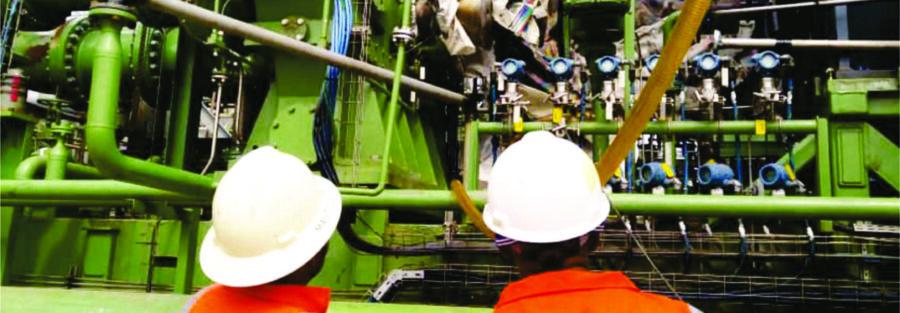In today’s rapidly evolving technological landscape, the term “smart infrastructure” is more than a buzzword; it represents a transformative shift in how we design, build, and manage systems that power our modern world. At the forefront of this evolution are innovative power solutions, cutting-edge Information and Communication Technology (ICT), and advanced control systems. These elements are converging to create infrastructure that is not only efficient but also sustainable, adaptive, and resilient.
The Role of Power Solutions in Smart Infrastructure
Power is the backbone of any infrastructure. However, the demand for energy efficiency and sustainability has shifted focus toward renewable energy sources and intelligent power management systems. Smart grids, for example, integrate renewable energy like solar and wind with traditional power sources to optimize energy distribution. These grids utilize advanced sensors and analytics to predict demand patterns, reduce energy waste, and improve overall reliability.
Moreover, energy storage technologies like battery systems and microgrids are revolutionizing how we harness and distribute energy. These solutions allow for greater flexibility and ensure consistent power supply, even in remote areas. By integrating renewable energy and storage solutions, smart infrastructure reduces carbon emissions and aligns with global sustainability goals.
ICT as the Nervous System of Smart Infrastructure
Information and Communication Technology (ICT) serves as the nervous system of smart infrastructure, enabling seamless connectivity and data-driven decision-making. The Internet of Things (IoT) plays a significant role here, connecting devices, sensors, and systems to collect real-time data. This data is then analyzed to improve operational efficiency, predict maintenance needs, and enhance user experience.
For instance, smart cities leverage ICT to manage traffic flow, monitor air quality, and optimize public services like waste management and water distribution. Advanced communication networks, such as 5G, further enhance the capabilities of smart infrastructure by ensuring low-latency and high-speed connectivity, critical for applications like autonomous vehicles and remote monitoring systems.
Advanced Control Systems: The Brain Behind the Operation
While ICT connects and communicates, advanced control systems serve as the brain that orchestrates the functioning of smart infrastructure. These systems use Artificial Intelligence (AI) and Machine Learning (ML) algorithms to process data and make real-time adjustments.
In industrial settings, for example, control systems monitor equipment performance and adjust operations to maximize efficiency and minimize downtime. In power solutions, control systems manage energy distribution, ensuring that resources are allocated based on demand while avoiding overloads or outages. Similarly, in telecommunications, control systems optimize network performance, enhancing reliability and user experience.
The Convergence of Expertise
The integration of power solutions, ICT, and control systems is not just about technology; it’s about expertise. Companies like Layerfive Integrated Limited, with a deep understanding of these domains, are leading the charge in designing and implementing smart infrastructure. Their multidisciplinary approach ensures that all components work seamlessly, delivering solutions that are not only technically sound but also aligned with clients’ strategic goals.
The Road Ahead
The future of smart infrastructure lies in its ability to adapt to emerging challenges and opportunities. As climate change, urbanization, and technological advancements reshape our world, the demand for intelligent, sustainable, and resilient systems will only grow. Innovations in energy storage, AI-driven analytics, and quantum computing are just a few areas poised to drive further advancements.
For businesses and governments, investing in smart infrastructure is no longer optional; it is a necessity. By leveraging expertise in power solutions, ICT, and control systems, organizations can not only meet today’s demands but also prepare for tomorrow’s possibilities. At Layerfive Integrated Limited, we are committed to being at the forefront of this transformation, delivering engineering solutions that redefine what’s possible in smart infrastructure.
Conclusion
Smart infrastructure is the cornerstone of a sustainable and connected future. Through the integration of advanced power solutions, ICT, and control systems, we can create systems that are efficient, resilient, and adaptive to change. As we look ahead, the collaboration between technology and expertise will be critical in shaping the future, ensuring that we build not just for today but for generations to come.


